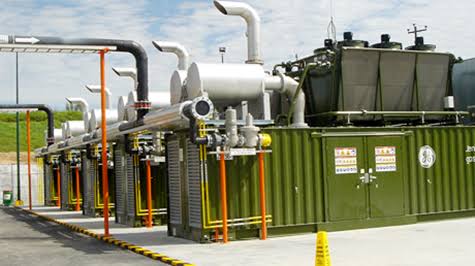Canberra, the heart of Australia’s capital, is set to power over 10,000 homes through an innovative landfill gas capture initiative. In a bid to slash greenhouse gas emissions, the Australian Capital Territory (ACT) government, in collaboration with renewable energy provider LGI, is expanding its landfill gas-to-electricity project. Approximately 300,000 tons of waste reach the territory’s landfill annually, with half categorized as organic waste. The decomposition of this organic waste releases harmful gases, including methane, a potent greenhouse gas. Since 2020, the Mugga Lane landfill in Canberra has been capturing and converting these gases into electricity for local households and businesses.
The current facility, in conjunction with a gas flaring project in West Belconnen, has already contributed to a substantial reduction of 963,000 tonnes in carbon emissions, equivalent to planting 16 million trees, according to LGI’s Chief Operating Officer, Jarryd Doran.
To further enhance the project’s impact, the ACT government and LGI are expanding the facility with two additional gas-to-electricity generators, a 12-megawatt battery storage, and a 20-megawatt grid connection with Evoenergy. These upgrades are anticipated to elevate the current 4-megawatt facility to 20 megawatts, producing 50,000 megawatt hours of dispatchable energy annually.
The gas capture process involves a network of wells and pipes embedded in the landfill, capturing methane and other gases. This captured biogas is then combusted in a gas engine to generate renewable electricity. Excess gas is burned off through a flaring unit, converting methane into CO2 and water, significantly reducing its environmental impact. The facility’s ability to store gas temporarily allows it to generate and dispatch electricity during peak demand, providing a stable and reliable energy source for the territory. Mr. Doran highlights that this stability is particularly valuable when solar and wind contributions to the grid fluctuate.
The expansion aligns with Canberra’s waste strategy, addressing the challenge of organic waste still entering landfills. Despite setbacks, such as the delay in implementing the food organics and garden organics (FOGO) collection service due to a fire destroying the recycling facility at Hume, the landfill gas capture project remains a crucial aspect of the region’s sustainability efforts.
Work on the new facilities has already commenced, with completion expected by the end of 2025. The additional generators are scheduled to be online by the middle of the following year, followed by the installation of batteries 12-18 months thereafter. As the world grapples with the urgency of climate action, Canberra’s bold move exemplifies a pragmatic and scalable approach to harnessing renewable energy from an unexpected source landfills. This initiative not only contributes to emissions reduction but also provides a stable energy source crucial for the ongoing transition to renewable energy.
Source: ABC Business



